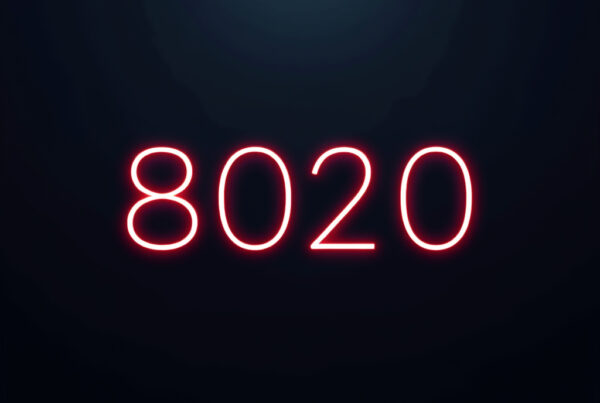As we approach Q4 2024, the DeFi is buzzing with anticipation for major upgrades to some of the leading protocols. Among the most exciting developments is the introduction of “hooks” in platforms like Uniswap and Balancer. This innovation has the potential to reshape the way we interact with decentralized exchanges (DEXs) and could be a significant step towards bridging the gap between traditional finance (TradFi) and decentralized finance (DeFi).
What are hooks?
In the context of DEXs and Automated Market Makers (AMMs), hooks are a new framework that allows for customizable actions to be executed at specific points during trading operations. Think of them as programmable triggers that can introduce new behaviors or modify existing ones within a DEX ecosystem.
How do hooks work?
Hooks operate by intercepting key moments in the lifecycle of a trade or liquidity provision. For example:
- Before a swap: A hook could check certain conditions before allowing a trade to proceed.
- After adding liquidity: A hook might reward liquidity providers with additional tokens or benefits.
- During price calculation: Hooks could introduce custom pricing models for specific trading pairs.
By allowing developers to “hook into” these crucial moments, DEXs can now offer a level of customization and functionality previously unseen in the DeFi world.

The bridge between DeFi and TradFi
One of the most exciting aspects of hooks is their potential to introduce TradFi-like features to the DeFi space, potentially creating a bridge between these two financial worlds. Here are a couple of key examples:
1. Know Your Customer (KYC) integration
In traditional finance, KYC processes are a regulatory requirement. With hooks, it’s now possible to implement KYC checks directly within a DEX. For example:
- A hook could be set to trigger before a user’s trade on the platform.
- This hook would then check if user has completed a KYC process, potentially linking to an external identity verification service.
- Only upon successful KYC completion would the user be allowed to trade.
This functionality could open up DEXs to broader adoption and potentially ease regulatory concerns, making DeFi more accessible to traditional financial institutions.
2. Advanced order types
Traditional exchanges offer a variety of order types beyond simple market orders. With hooks, DEXs can now implement similar functionality:
- Limit Orders: A hook could hold a trade until a specific price is reached, then execute automatically.
- Stop-Loss Orders: Hooks could monitor price feeds and trigger sales if an asset’s value drops below a certain threshold.
- Time-Weighted Average Price (TWAP) Orders: Hooks could break large orders into smaller pieces and execute them over time to minimize market impact.
The impact on DeFi
The introduction of hooks represents a significant evolution in the DeFi space:
- Increased flexibility: specific liquidity pools can now be customized for specific use cases or user groups.
- Enhanced functionality: Complex trading strategies previously only available in TradFi can now be implemented on-chain.
- Improved compliance: The ability to implement KYC and other regulatory requirements could make DeFi more palatable to regulators and traditional institutions.
- Innovation catalyst: Hooks provide a canvas for developers to create novel DeFi applications and services.
Looking ahead
As major protocols like Uniswap and Balancer prepare to launch their hook-enabled versions, the DeFi community anticipates the innovative applications that will emerge. Hooks have the potential to not only enhance the functionality of existing DEXs but also to create entirely new categories of on-chain products.
The bridge between TradFi and DeFi is under construction, and hooks may well be one of its crucial supporting structures. As these worlds converge, we can expect to see a new era of financial innovation that combines the best of both traditional and decentralized finance.
Update: You can find my walkthrough on programming hooks for Balancer DEX below:



